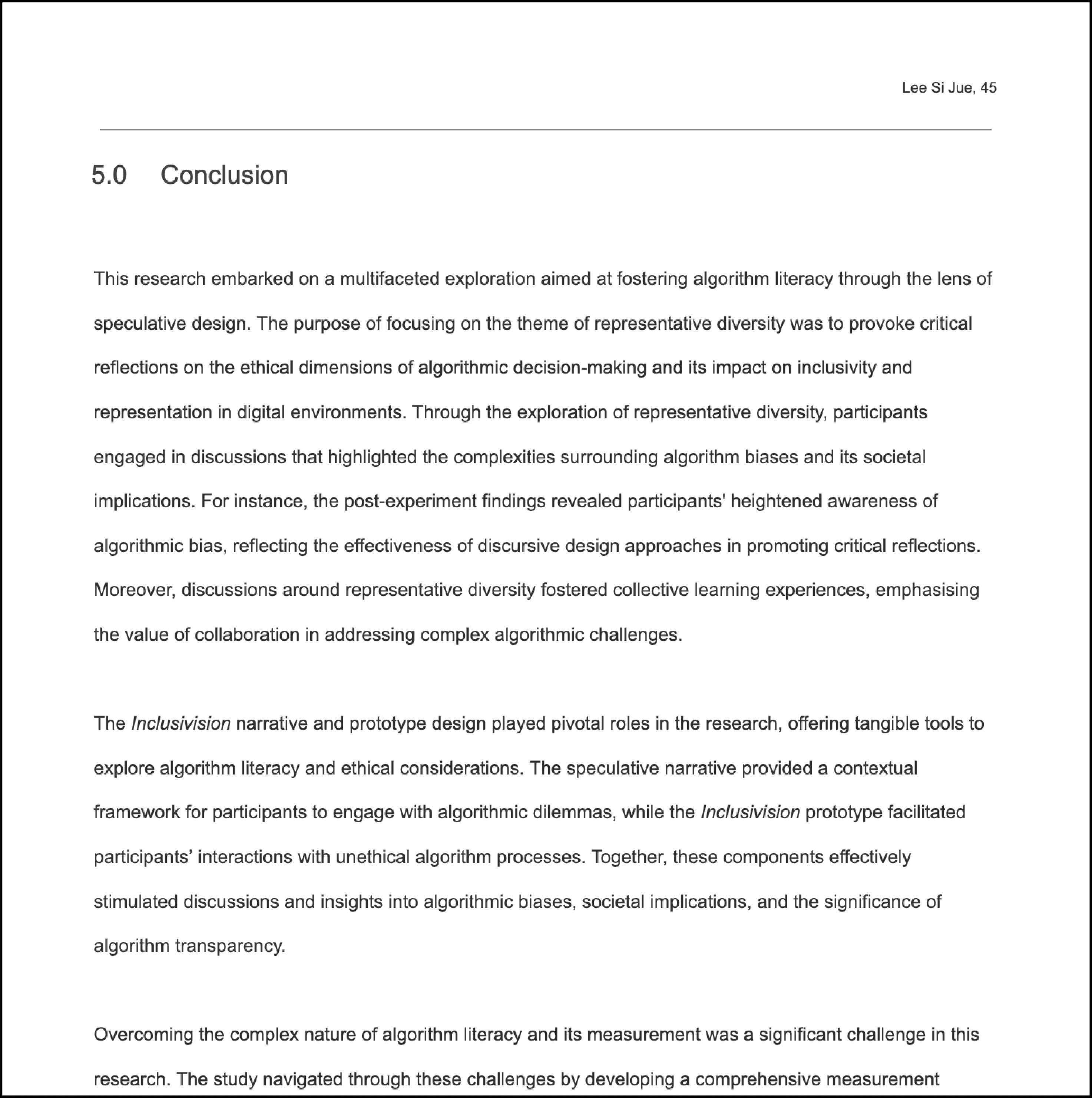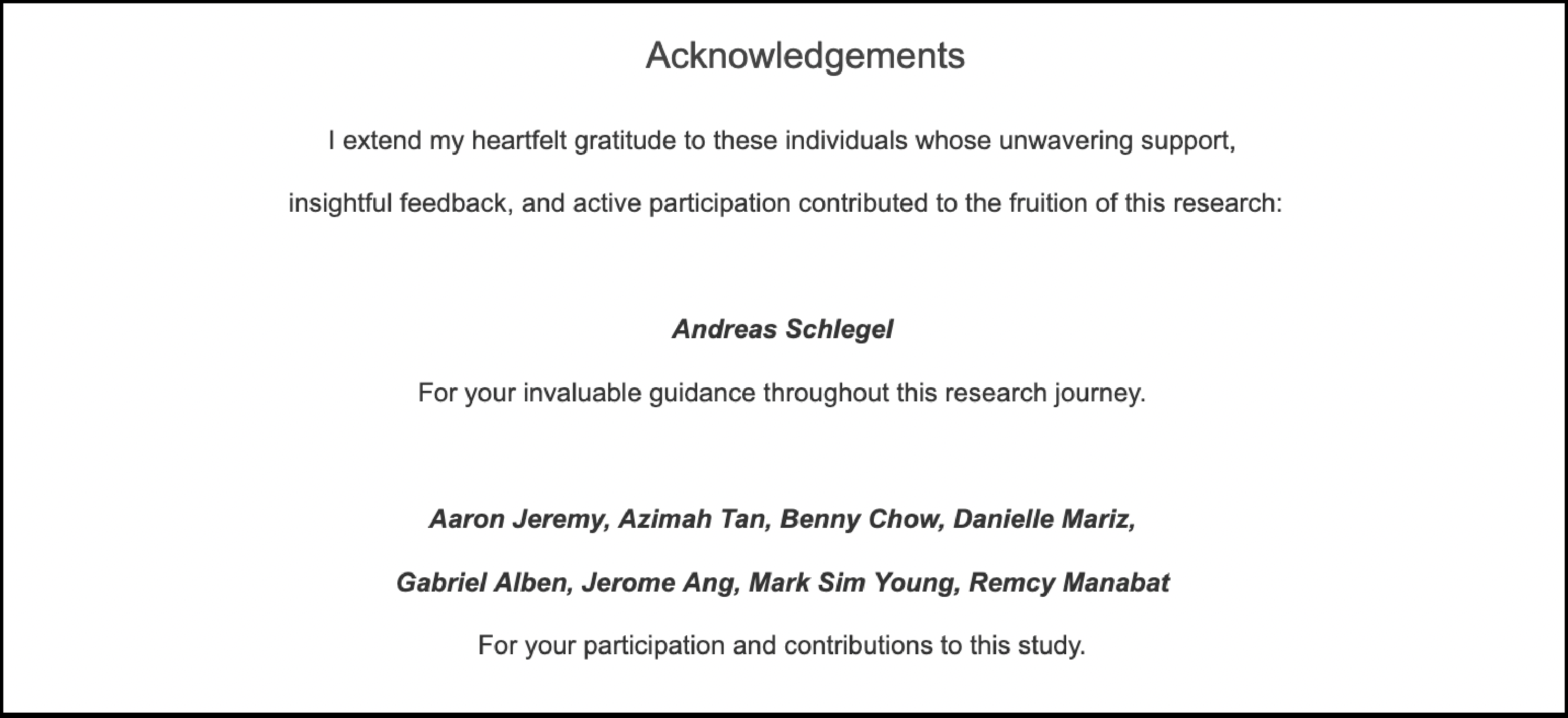░░░░░░░ WEEK 6 ░░░░░░░
Mountains Metaphor
My consultation with Andreas proved challenging as I felt my efforts to integrate computational elements
into my project were undervalued. Balancing various considerations while ensuring relevance to my research
topic remains my priority. Time constraints weigh heavily on my mind, especially considering the duration
it took to complete my initial prototype. Additionally, I grapple with conflicting roles—as a student,
designer, visual enthusiast, and soon-to-be job seeker—each demanding attention. These concerns with roles
were all weighing on me due to the upcoming Open Studios and the Graduation Show.
Andreas introduced the metaphor of mountains to depict the effort and time invested in my prototypes.
Acknowledging the enormity of my first prototype, we agreed to close that chapter and explore new avenues.
He proposed tackling smaller mountains, aligning with my time constraints. However, I struggled with the
perceived imbalance in mountain sizes, preferring uniformity. Achieving balance hinged on generating
exceptionally innovative ideas, a challenge given my weaker ideation skills. My strength lies in my keen
eye for references, adeptly contextualizing them to create something unique.
My research topic is multifaceted, blending algorithmic systems (algorithm literacy), speculative design,
and skill acquisition (TouchDesigner). This amalgamation presents a complex challenge, prompting me to
question the direction of my project. Should I approach it from a critical, visual, or problem-solving
perspective? Several open-ended approaches beckon exploration, alongside considerations of integrating the
software I've developed.
Reflecting on my conversation with Andreas, I resolve to liberate myself from the constraints of time and
self-doubt. Embracing the present moment, I refuse to be overly critical of my work. Now is the time to
break free from such restrictive habits, for failing to do so will only hinder my growth.
Concept Direction
My project topic is simply to propose speculative design as an alternative means to foster algorithm
literacy. 1 way that I’ve proposed is the Inclusivision Thought Experiment, where participants gain
algorithm literacy through discussions surrounding interactions with an unethical algorithm.
In a recent discussion with Andreas, I proposed submitting three artifacts as part of my project, each
addressing one algorithmic dilemma outlined in my paper. The Inclusivision Thought Experiment could
address Algorithm Bias, while I could devise ideas for Filter Bubbles and Algorithm Transparency,
respectively.
Another potential approach is to further develop the Inclusivision narrative. To weigh the merits of each
approach, I meticulously listed the pros and cons to determine the most viable direction. However, the
main challenge lies in generating ideas for both approaches, as I aim to strike a balance between tackling
small and large mountains.
Seeking a second opinion from Andreas, I found myself already leaning towards a decision as we discussed.
Continuing with the Inclusivision narrative posed challenges in justifying the absence of additional
elements in the experiments. Moreover, I was hesitant about my project being perceived as a brand, which
would necessitate adjustments to the prototype's styling—a task not as straightforward as it seems.
Consequently, I've resolved to devise two new ideas encapsulated in the draft statement: "Prototyping
Speculative Design Artefacts to Provoke Critical Reflection on Algorithm Dilemmas." This statement
reflects my commitment to exploring innovative avenues for addressing algorithmic dilemmas through
speculative design.

Weighing out pros and cons of approach
Dissertation Conclusion
As I tied my findings back to my research objectives to conclude, I discovered multiple gaps within my
paper. The alignment between my introduction, literature review, research objectives, and discussion
section goals seemed slightly disjointed. These discrepancies likely stemmed from changes made along the
way without revising what had been vetted in the previous semester. Resolving this required a significant
amount of time; even though I wasn't finished with my conclusion, I began proofreading to ensure
consistency in my writing.
Another crucial aspect I needed to address in the conclusion was the relevance to design. After removing
my initial secondary research objective, I realized I hadn't sufficiently addressed the impact of my
project in the context of design. Therefore, it was imperative to discuss speculative design and its
significance as an approach within this research framework. I conveyed this by exploring how the
speculative narrative and prototype converged in my project to achieve my research goals. Additionally, I
reflected on some of the major challenges and setbacks I encountered during the project phase, along with
strategies I employed to navigate around them.
In the final paragraph, I wrapped up by emphasizing the significance of my research and its contribution
to design practice and algorithm education. Despite the considerable effort invested in my project, I
acknowledged its status as a student endeavor. Therefore, I concluded with a note underscoring the
importance of further research in this domain.

Snippet of Dissertation Conclusion
Cleaning Up, The Final Push
Before proceeding with proofreading, I prioritized organizing all my figures and appendices and ensured
they were appropriately referenced within the text. It was crucial to maintain a clear distinction between
the content in my appendix and figures to facilitate easy referencing in my writing.
The Appendices encompassed various documents such as the transcript, ALEC overview, preliminary survey
responses, and post-experiment survey responses. Upon reflection, I realized an error in naming Appendix
C. While I've already submitted my dissertation, I reached out to Andreas via email to rectify the naming
for clarity's sake.
I meticulously reviewed my paper more than five times and enlisted the help of two friends for additional
proofreading. During the initial three readings, I identified numerous grammatical tense errors,
inconsistencies in point-of-view narration, and discrepancies in label usage, which had undergone changes
throughout the project's duration. My friends also pinpointed sections requiring greater clarity. Upon
review, I recognized the necessity to simplify some of my writing to enhance reader comprehension. Despite
encountering these challenges, my friends were able to grasp the content of my paper and understand the
justifications behind my chosen mode of measurement, which was a considerable relief.
Word Count
Now comes my favorite part of every paper: the word count. Excluding citations, I had reached about 8300
words, well over the limit. However, I wasn't overly concerned because during my proofreading process, I
had already identified several irrelevant sections in my literature review and discussion. These sections
had resulted from changes in my approach and methods. Removing them brought me down to about 7700 words,
which I found acceptable. After a final proofread, I felt ready to proceed
Abstract
In crafting the abstract, my aim was to provide readers with a comprehensive overview of my research
context, objectives, approach, and summary of findings. Additionally, I considered the concluding
statement of my paper, emphasizing the need for further research, to caution readers intending to utilize
the findings. To ensure clarity and relevance, I outlined key keywords essential for inclusion:
- Speculative Narrative
- Thought Experiment
- Critical Discourse
- Algorithm Dilemmas
- Unethical Prototype
- Education
By incorporating these key points, I sought to provide readers with a solid framework to grasp the essence
of my research.
Acknowledgments
In my acknowledgements, I expressed gratitude to everyone who supported me throughout my journey,
including the participants in my experiments. While considering whether to include ChatGPT for its
assistance with pattern and trend identification, albeit unused, I ultimately decided to reserve this
acknowledgment for Google Forms Submission instead.
Dedication
Honestly, I struggled with deciding whom to dedicate my paper to without coming across as self-important.
While I felt a sense of accomplishment when I mentioned my dissertation's contribution to design practice,
I recognized that such a dedication might not be appropriate in this context. Reflecting on past year
dissertations, I noticed many were dedicated to families and friends, which inspired my decision to follow
suit.
Contemplating the unwavering support of my family throughout this journey stirred deep emotions within me.
My brother, still serving NS, dedicated his off days to help troubleshoot Python code. My mom, aware of my
late-night work sessions, postponed vacuuming to avoid disturbing my sleep, despite being a clean freak.
And my dad, adjusting his work schedule around my school days, ensured I had access to the car for
classes. These small sacrifices, among many others, underscore the immense gratitude I feel towards them.
I am truly thankful for their unwavering support, without which I couldn't have balanced my work and
personal life during this period.

Acknowledgments

Abstract

Appendices Contents